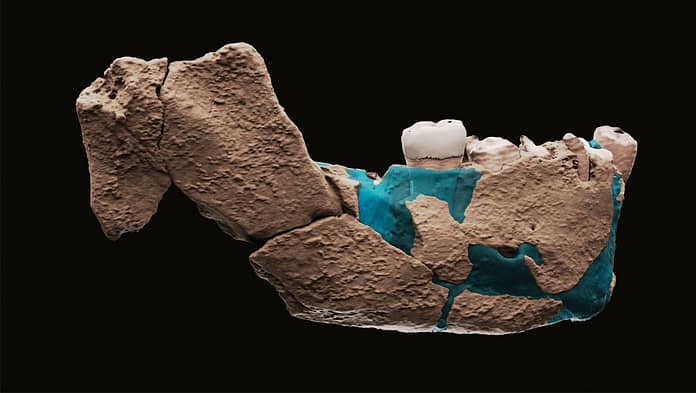at Israel Researchers have found the bones of a previously unknown prehistoric man. that subscribe to Tel Aviv university with. He probably lived in the Levant, the area to the east, until about 130,000 years ago The Mediterranean SeaIt was named “Necher Ramla Homo” by researchers – after where it was discovered. It has similarities to the remains of other prehistoric humans found in Israel and Eurasia who lived about 400,000 years ago. The species now discovered comes from the middle Pleistocene.
The discovery may mean that the human family tree should be revised: »The discovery of a new group of prehistoric humans in this region, which corresponds to the ancestral Neanderthal population in Europe Like, it shakes the prevailing thesis that Neanderthals came from Europe,” says a communiqué from the university. Rather, he notes that “at least some of the ancestors of Neanderthals came from the Levant.” The research team, which consists of anthropologists, medical professionals and Archaeologists Tel Aviv University and the Hebrew University in Jerusalem Exists, presents his work in the journal “Science”.
From the discovery of the bone, consisting of skull fragments and teeth of the lower jaw, it can be concluded that two groups of prehistoric humans lived side by side in the Levant for more than 100,000 years. They will have the knowledge and technology of common tools. Nesher Ramla Homo lived in the area 400,000 years ago and Homo sapiens came later, about 200,000 years ago. Subsequent discoveries indicated that the two groups were also mixed.
Nesher Ramla Homo combines the characteristics of NeanderthalsEspecially on the teeth and jaws, and other members of the genus Homo, and especially on the skull. At the same time, he is completely different from modern people – he has a completely different skull structure, he does not have a chin, and very large teeth. According to the researchers, this discovery is of great scientific interest: it is the so-called “lost” species with which Homo sapiens interbred when it came to the area. With this said, Nesher Ramla Homo is a new piece of the puzzle that contributes to understanding prehistoric human migrations.



